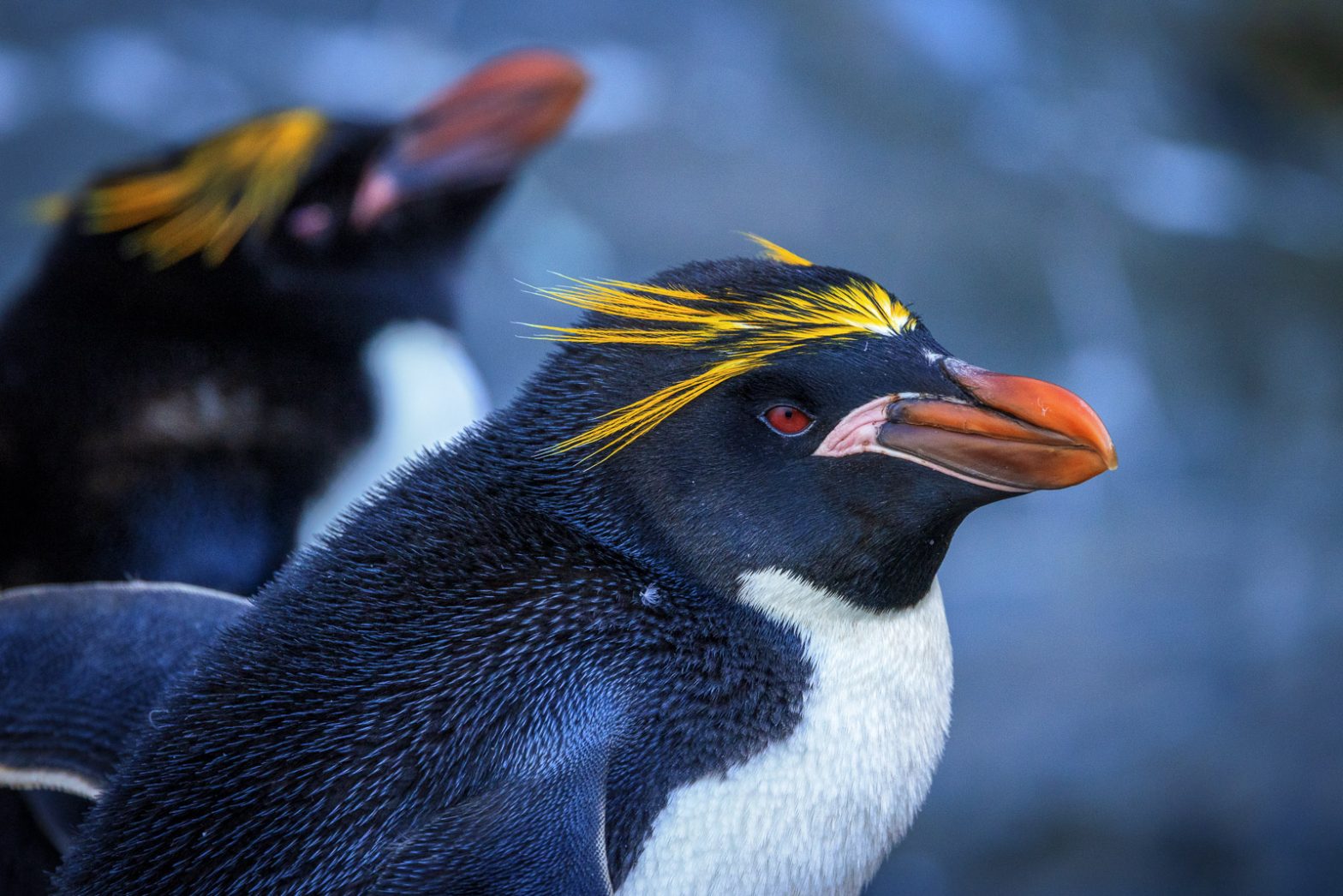
A Plethora of Penguins – Antarctica Entry 14 by Cindy Goeddel
Why Penguins fly in the water and not in the air.
It is amazing that so many people who really aren’t into birds are willing to spend a small fortune to see penguins for days on end. Yes, people came for the penguins, and the penguins did not disappoint. In all, Fran and I happily photographed 7 species. I enjoyed being amongst and photographing them at 17 different locations in the Southern Hemisphere, creating over 1TB of RAW files … of yes, penguins. They say people come to Antarctica for the penguins and return for the ice, I would gladly return for the penguins.
Penguins are adapted to the sea, not the air. In fact, they spend 80% of their life in the ocean. Their bodies have large fat reserves, dense thickly packed feathers and strong heavy muscles, all of which allow them to dive deep, catch swift swimming prey, escape predators and survive frigid temperatures. Penguins’ bodies are streamlined to cut cleanly through the water, and their wing bones are fused straight, making the wing rigid and powerful, very much like a flipper.
Although penguins are primarily adapted for a marine existence, they require land for breeding, rearing young and moulting. Their predators include Leopard Seals, Killer Whales, Skuas, Giant Petrels and Caracaras.
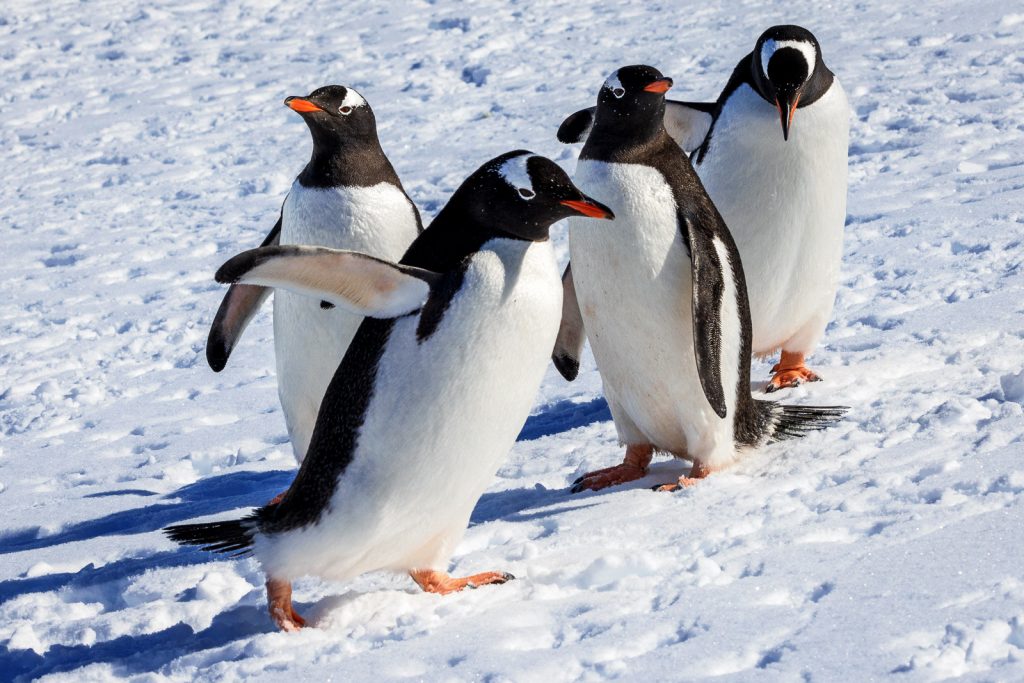
The gentoo penguin is easily recognized by the wide, white stripe extending across the top of its head and its bright orange-red bill. The white patch is unique to each individual.
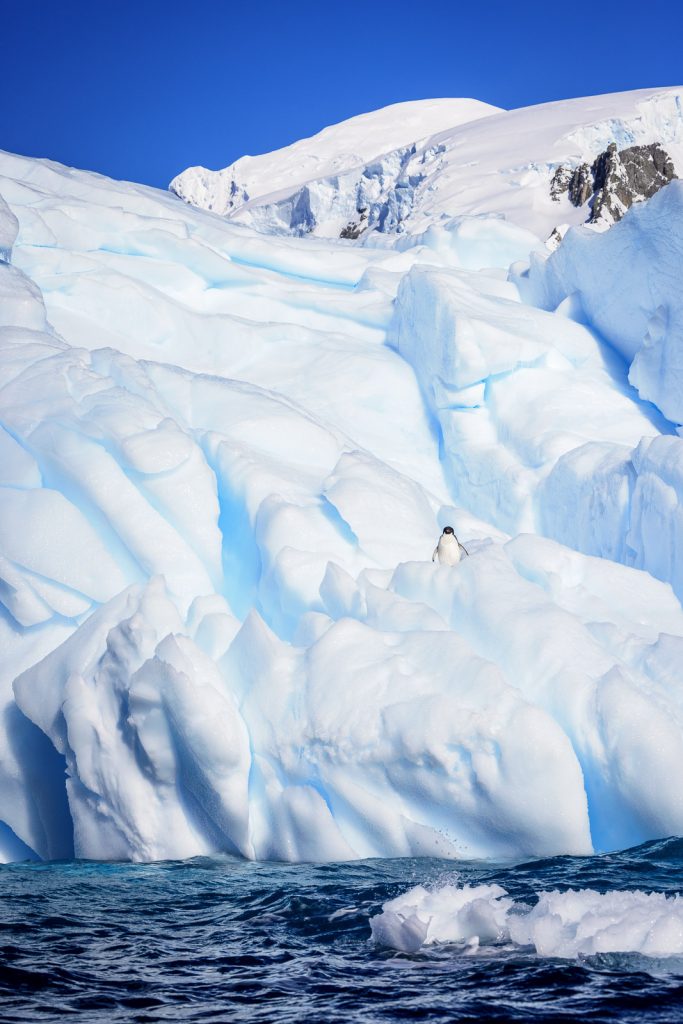
Upon discovering these penguins in 1840, Jules Dumont d’Urville named them after his beloved wife Adele. The hardiest animal on the planet, ice dependant, lives and breeds in the Antarctic. The Adelie is well known for its habitat of mounting icebergs to rest.
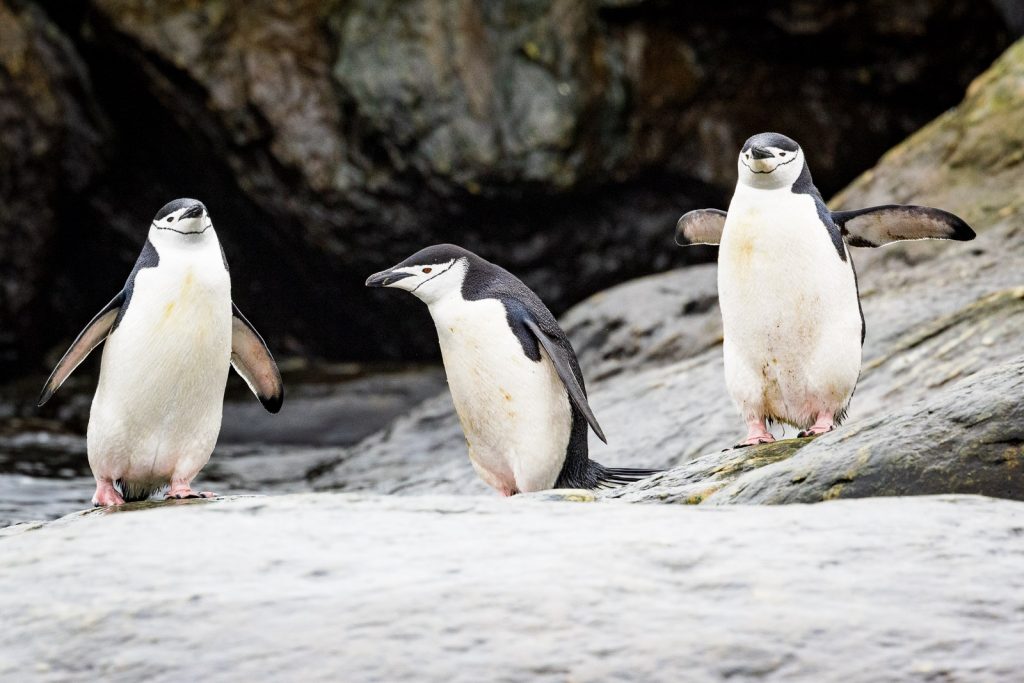
Named from the narrow black band under its head, which makes it appear as if it were wearing a black helmet. Also called “stonebreaker penguins,” not because they collect stones for nests, but because their screech is so piercing that it is said to break stones.

Unlike other penguins which will slide on their bellies on ice, Rockhoppers on land prefer to hop about the rocky shores of their colony’s grounds. Rockhoppers can jump as far as six feet in a single hop.
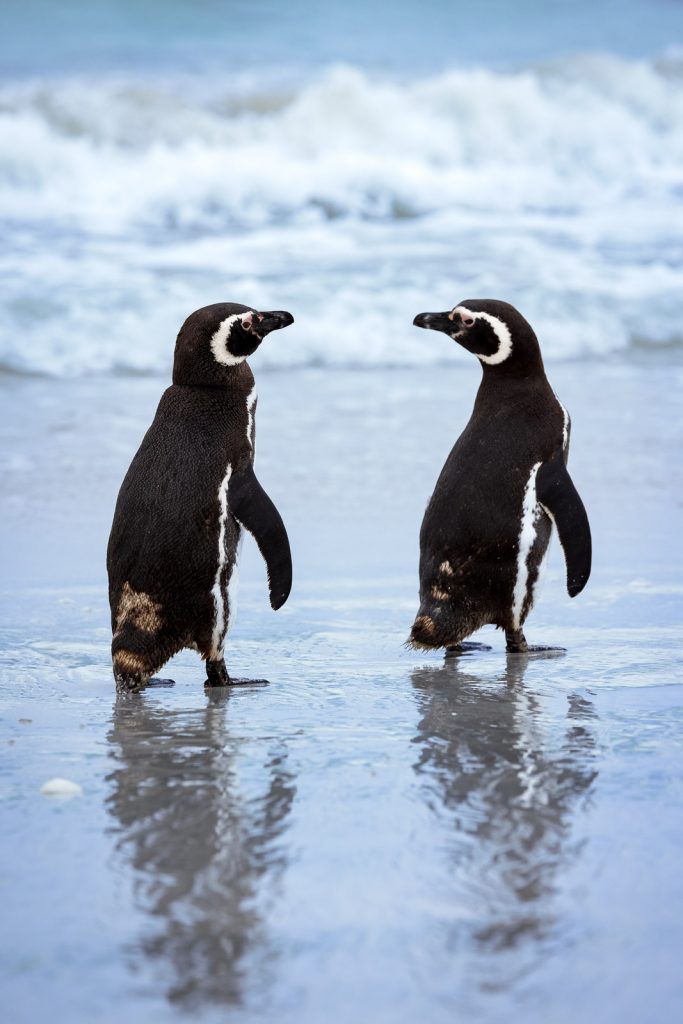
Named for the explorer Ferdinand Magellan whose crew first spotted them 1520. A shy penguin, they nest in burrows or under bushes.
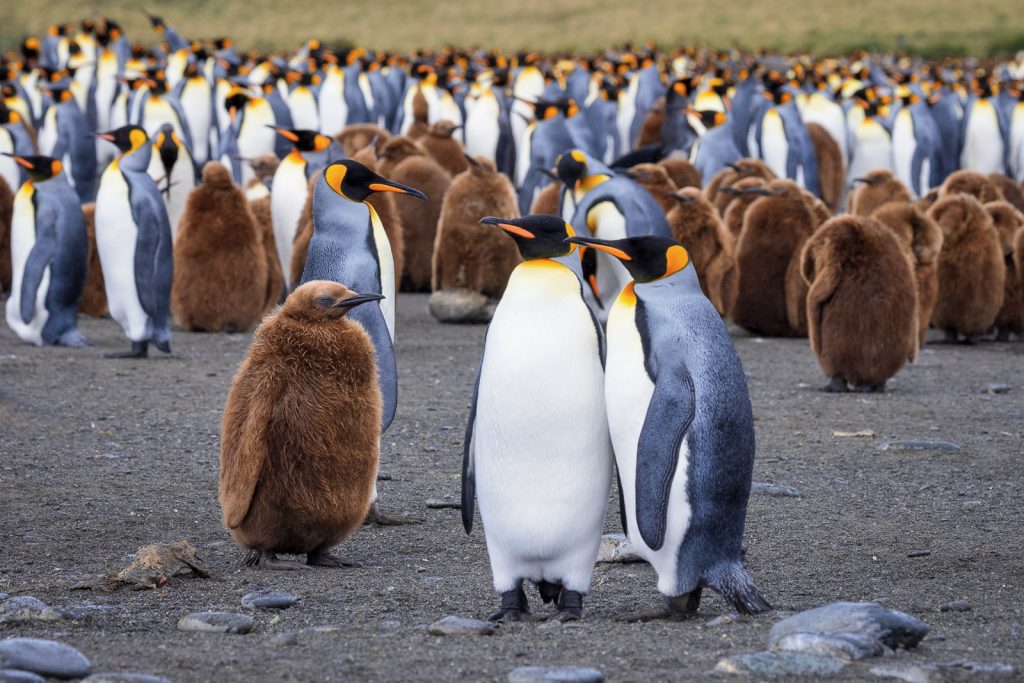
They do not build a nest, the single egg is laid in early December and incubated on the birds’ feet for 54 days. The king penguin has the longest breeding cycle of all penguins taking 14 to 16 months to raise a chick. King penguins waddle slowly and do not hop.
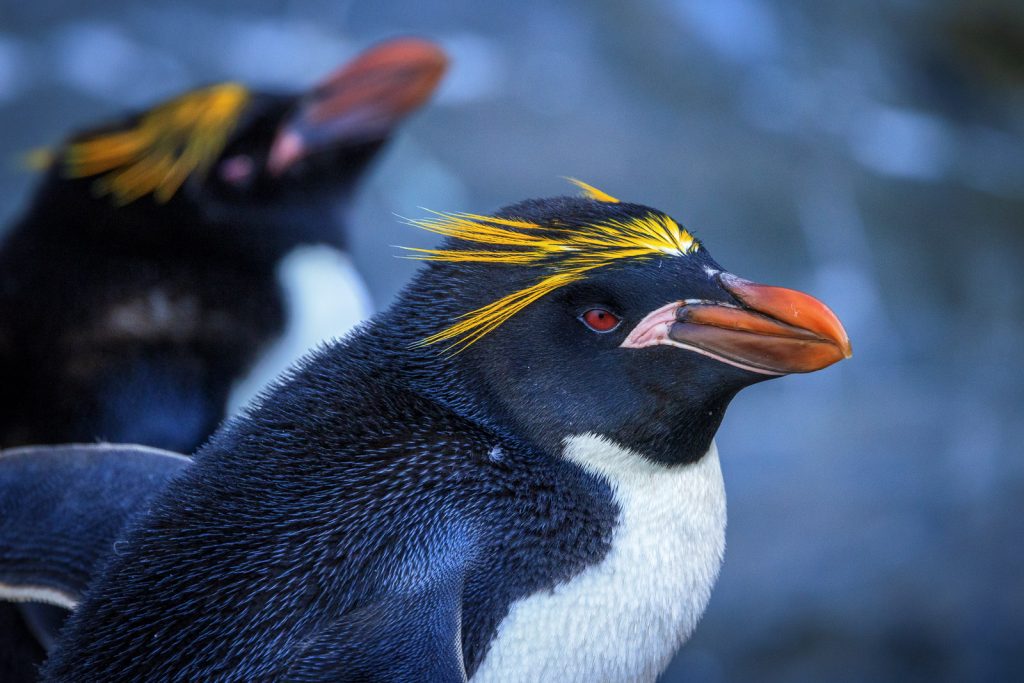
Aptly named for their orange plume feather, like the rockhopper, these crested penguins hop as opposed to waddle. The nests of macaroni penguins are usually little more than a scrape in the ground with occasional bits of grass for lining.

